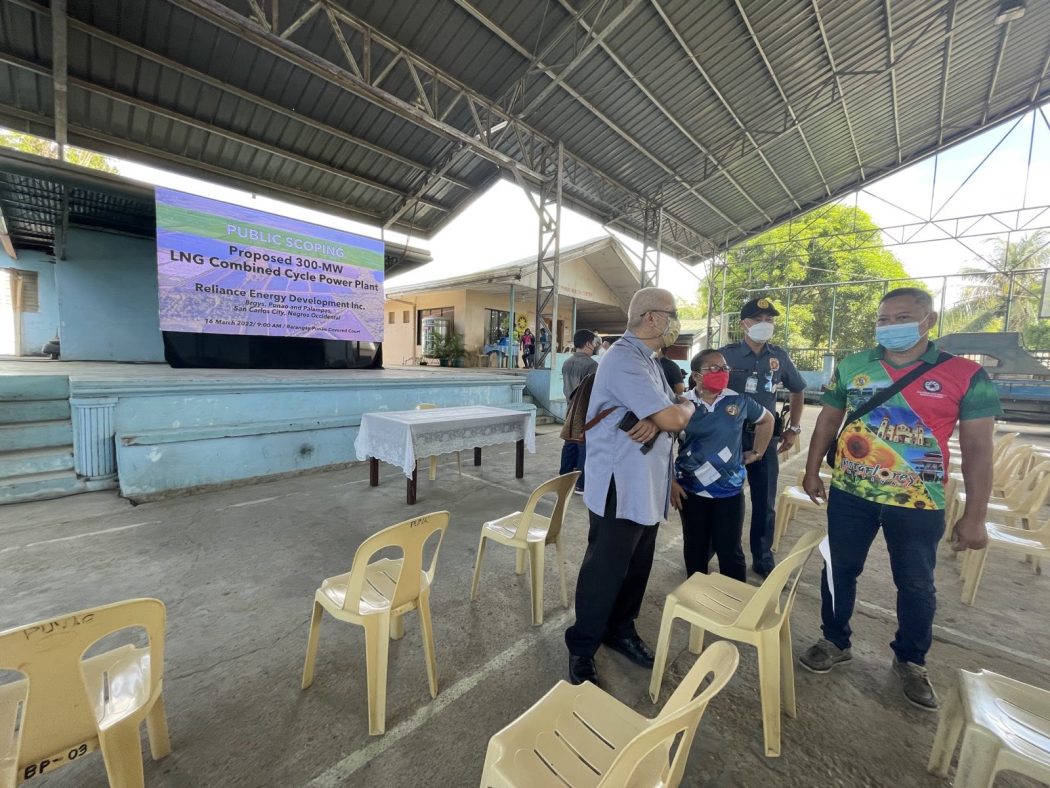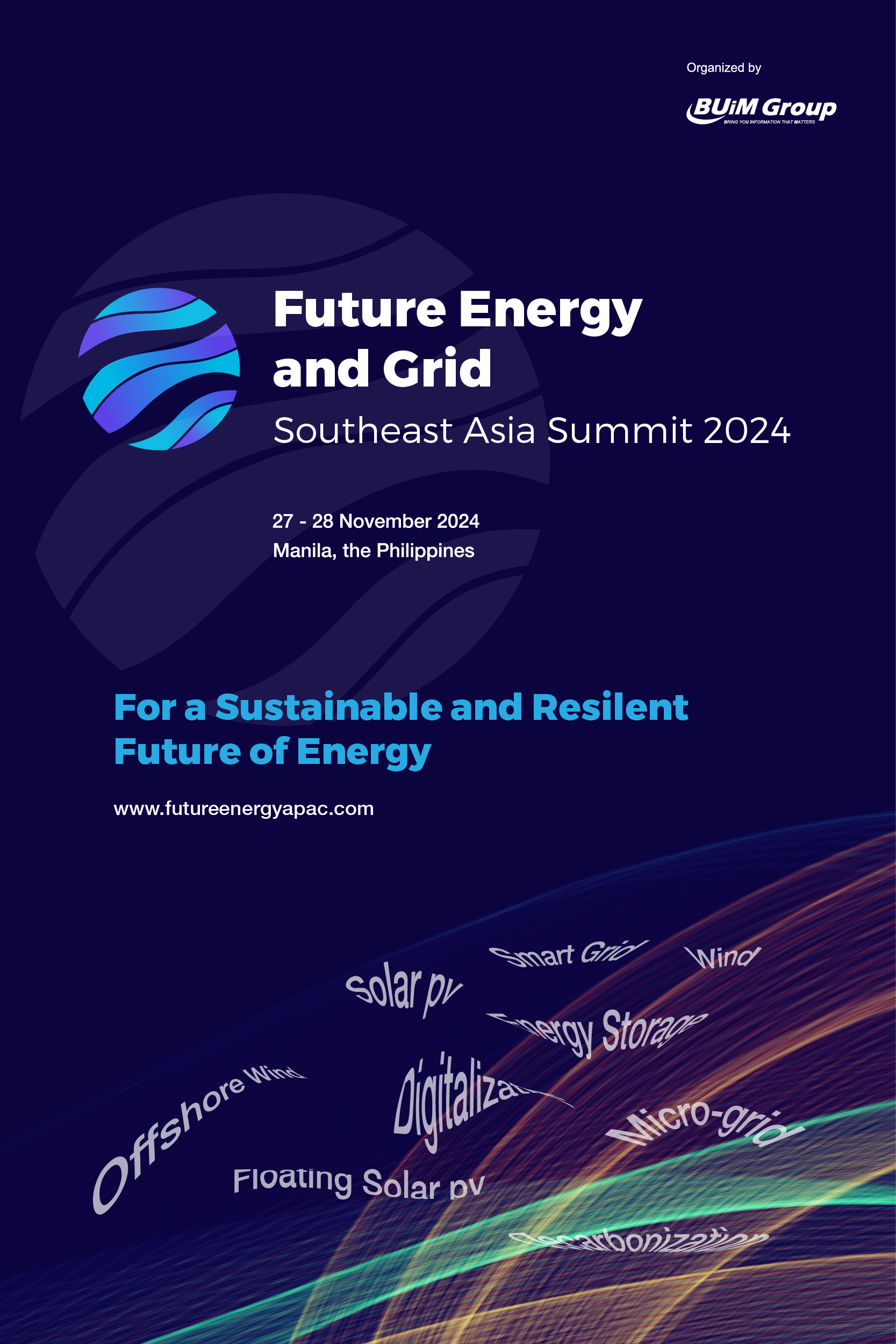Local stakeholders and energy advocacy groups led by San Carlos Bishop Gerry Alminaza have expressed environmental and economic concerns over SMC Global Power Holdings’ (SMCGP) 300-megawatt (MW) liquefied natural gas (LNG) combined cycle power plant project in San Carlos City, Negros Occidental.
Alminaza had earlier written to San Miguel Corporation (SMC) President and COO Ramon Ang to stop the project.
“I’d like to understand why we are seeking to add a fossil fuel-powered plant here in an island that is teeming with renewable power. Existing renewable energy facilities today are not even fully maximized by Negrosanons, and yet we would be adding 300MW more of new capacity. By using fossil gas, this plant goes against the hope of Negros becoming 100% renewable energy powered,” said Alminaza, also a convenor of broad clean energy consortium REpower Negros,
Various groups have called for the postponement of the project’s public scoping, pointing out that the required information and education campaign (IEC) did not reach the concerned sectors, think-tank Center for Energy, Ecology, and Development (CEED) said.
“As the [Department of Environment and Natural Resources] requires, the IEC should at the minimum have among its audience local church constituents, interest groups, and nearby households and industries. These are legitimate stakeholders who stand to be impacted by the development of an LNG plant in San Carlos. We have reason to believe that this was not what happened, as we’ve heard from a significant number of stakeholders who are not aware of any such IEC,” said CEED’s Atty. Avril de Torres.
The proposed plant will be built and operated by SMCGP unit Reliance Energy Development, Inc. Located within the San Carlos Ecozone by the Tanon Strait, the Php18.5-billion project is expected to house four 75MW generators. Construction is supposed to begin by the third quarter.
SMC Global Power, the country’s second largest power generation company, earlier planned to construct coal-fired power plants, but opted to concentrate on developing LNG and renewable energy assets instead given the government’s moratorium on the building of new coal facilities.


